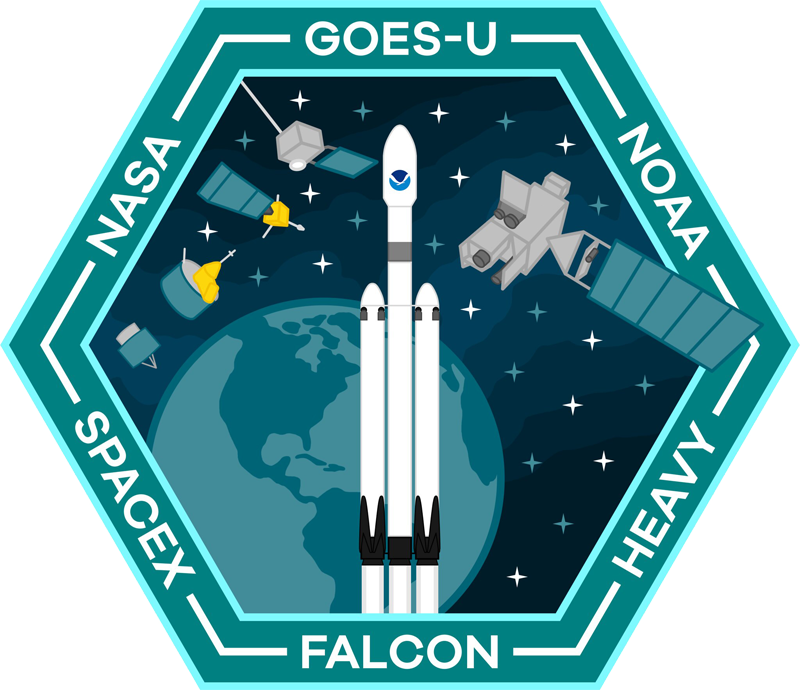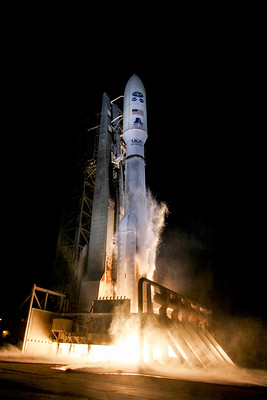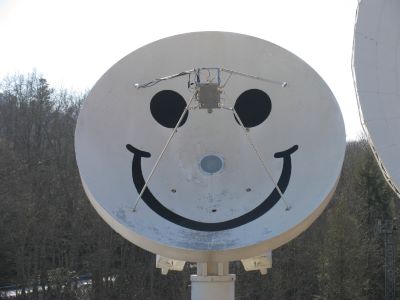![]()
GOES-19: Behind the Scenes of a New Weather Satellite
The GOES-19 satellite’s launch marked the beginning of an exciting journey to become the new GOES-East satellite. But its path to operation involves a meticulous series of steps.
Orbital Maneuvers
In the coming days, satellite operators will meticulously guide GOES-19 through several maneuvers. This intricate choreography will nudge the satellite into its initial checkout position at 89.5 degrees west longitude, strategically positioned between the operational GOES-East and GOES-West satellites.
Instrument Deployment and Testing

Once in its initial position, GOES-19 will deploy its magnetometer boom, a crucial instrument for space weather monitoring. Then comes a comprehensive checkout phase, where engineers will meticulously examine each of the satellite’s instruments and systems, ensuring they are operating flawlessly.
First Images and Handover
By September, NOAA anticipates receiving the first images captured by GOES-19. These initial images will be a major milestone, signifying the satellite’s ability to collect valuable weather data. After the post-launch checkout is complete, NASA will hand over the reins to NOAA.
Taking Over GOES-East

NOAA will meticulously validate GOES-19’s data products, ensuring its accuracy and reliability. They will then carefully maneuver the satellite to its permanent operational position at 75.2 degrees west longitude.GOES-19 is expected to assume the role of the GOES-East satellite in April 2025, succeeding GOES-16.
GOES-16 will then transition to a standby role, ready to step in if needed.This intricate process ensures GOES-19 is fully equipped to deliver the vital weather data we rely on for accurate weather forecasts and environmental monitoring for years to come.





